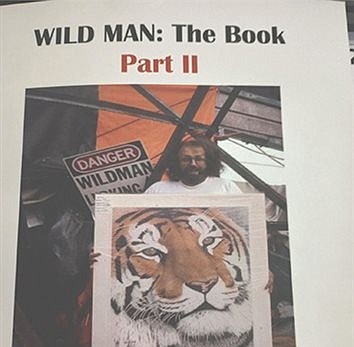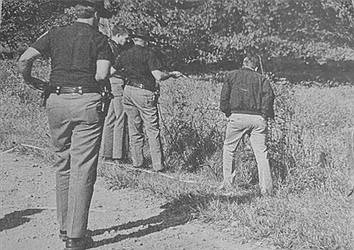It’s officially Springtime in Indiana
March 22, 2023 at 7:13 p.m.

Much of Indiana might still be recovering from a recent freeze, but it officially turned SPRING at 5:24 pm this past Monday, March 20! At least astronomically speaking. The March 20th vernal equinox, also known as the spring equinox, is a celestial event that marks the exact moment when the sun is directly above the equator, resulting in a nearly equal amount of daylight and darkness. During the vernal equinox, the Earth's axis is tilted neither towards nor away from the sun, causing the sun's rays to fall directly on the equator. So while the Sun passes overhead, the tilt of the Earth is zero, relative to the Sun. (Though it is important to note that the Earth never orbits upright, but is always tilted on its axis by about 23.5 degrees.)
This moment marked the start of spring in the Northern Hemisphere and autumn in the Southern Hemisphere. According to the Old Farmer's Almanac, Equinoxes are the only two times each year that the Sun rises due east and sets due west for all of us on Earth! The vernal equinox is an important event for many cultures and is often celebrated with festivals and traditions. It represents a time of balance and renewal, as the days become longer, the weather becomes warmer, and new life begins to emerge after the cold winter months.
The Almanac also offers us a list of ways to celebrate the beginning of spring:
*Get outside! Look around. Are worms and grubs reappearing? (The March Full Moon is called the “Worm Moon” for this very reason!)
*Watch the arc of the Sun across the sky as it shifts toward the north. Birds are migrating northward, along with the path of the Sun.
*Are you noticing that the days are getting longer? Did you know that the increasing sunlight inspires birds to sing? Cool, eh? Enjoy our Bird Songs page.
*Are daffodils poking up their heads? Trees, shrubs, and flowers are sensitive to temperature and day length, too! Since ancient days, people have used natural events as indicators of when the weather is right for planting. For example: Blooming crocus are your cue to plant radishes, parsnips, and spinach!
Latest News
E-Editions
Events
Much of Indiana might still be recovering from a recent freeze, but it officially turned SPRING at 5:24 pm this past Monday, March 20! At least astronomically speaking. The March 20th vernal equinox, also known as the spring equinox, is a celestial event that marks the exact moment when the sun is directly above the equator, resulting in a nearly equal amount of daylight and darkness. During the vernal equinox, the Earth's axis is tilted neither towards nor away from the sun, causing the sun's rays to fall directly on the equator. So while the Sun passes overhead, the tilt of the Earth is zero, relative to the Sun. (Though it is important to note that the Earth never orbits upright, but is always tilted on its axis by about 23.5 degrees.)
This moment marked the start of spring in the Northern Hemisphere and autumn in the Southern Hemisphere. According to the Old Farmer's Almanac, Equinoxes are the only two times each year that the Sun rises due east and sets due west for all of us on Earth! The vernal equinox is an important event for many cultures and is often celebrated with festivals and traditions. It represents a time of balance and renewal, as the days become longer, the weather becomes warmer, and new life begins to emerge after the cold winter months.
The Almanac also offers us a list of ways to celebrate the beginning of spring:
*Get outside! Look around. Are worms and grubs reappearing? (The March Full Moon is called the “Worm Moon” for this very reason!)
*Watch the arc of the Sun across the sky as it shifts toward the north. Birds are migrating northward, along with the path of the Sun.
*Are you noticing that the days are getting longer? Did you know that the increasing sunlight inspires birds to sing? Cool, eh? Enjoy our Bird Songs page.
*Are daffodils poking up their heads? Trees, shrubs, and flowers are sensitive to temperature and day length, too! Since ancient days, people have used natural events as indicators of when the weather is right for planting. For example: Blooming crocus are your cue to plant radishes, parsnips, and spinach!





